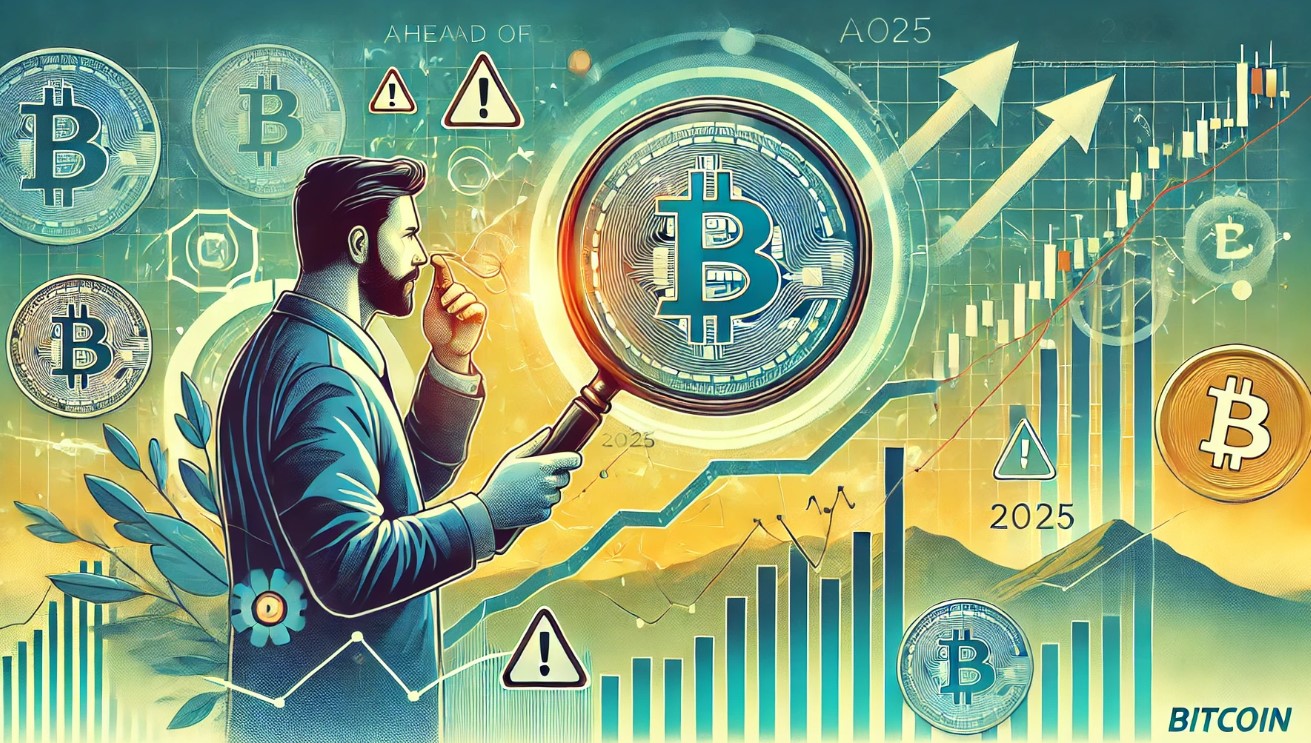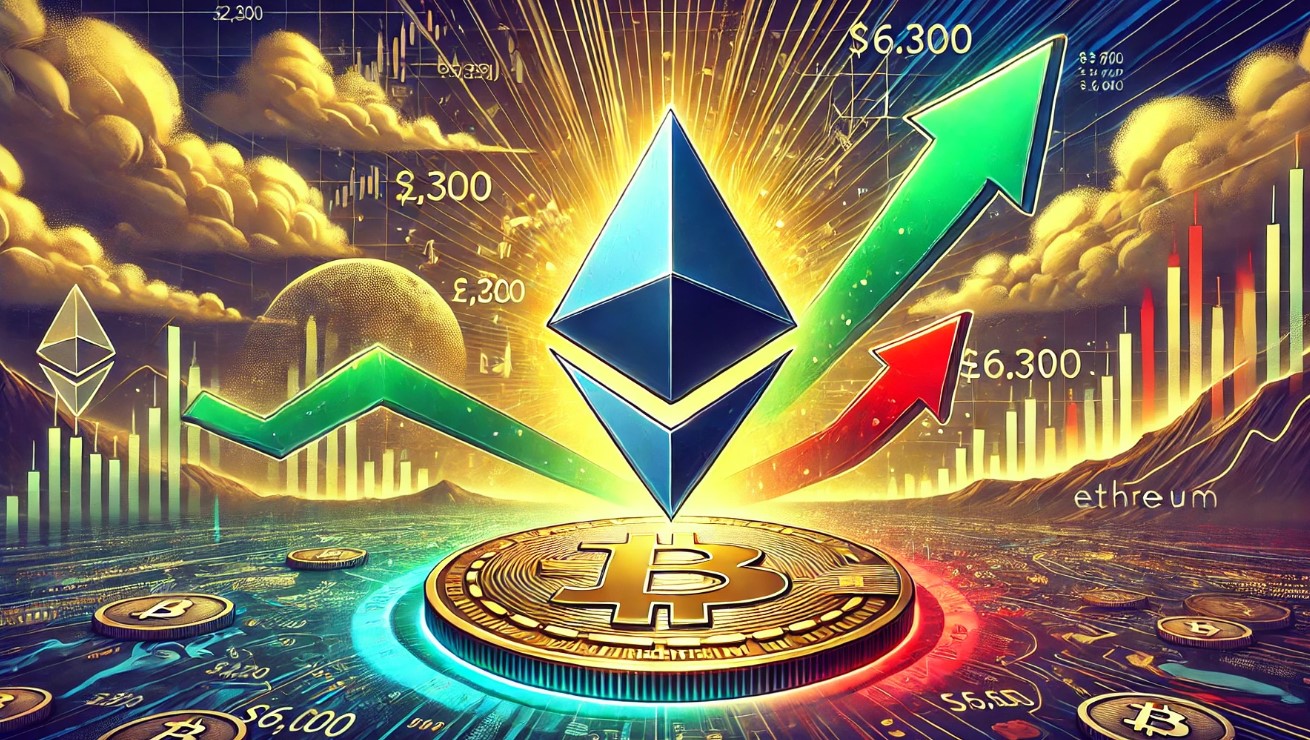According to Bloomberg, decentralized finance (DeFi) projects operate through automated contracts and are usually helmed by collective entities rather than single individuals.
This collaborative nature of governance has often posed challenges for regulators. However, leading financial institutions are now questioning the narrative surrounding DeFi.
DeFi’s Central Figures: A Regulatory Perspective
The International Organization of Securities Commissions (IOSCO), a prominent global securities standards body, has provided fresh insights into the DeFi realm. They advise regulators to shift focus towards individuals and organizations that directly control critical aspects such as design, maintenance, and other elements of DeFi ecosystems.
IOSCO’s recommendation stems from a fundamental realization articulated by Tuang Lee Lim, chair of IOSCO’s board-level fintech task force. Lim highlighted a prevalent misconception about DeFi’s decentralization, stating that “responsible persons” can be identified within these arrangements.
Such an approach is evident in recent legal confrontations. A noteworthy instance is the US case concerning Tornado Cash, an Ethereum-based decentralized crypto mixer. Authorities pinned down two original developers on different charges.
Notably, the US Treasury Department sanctioned Tornado Cash last year. This event triggered several lawsuits from major industry entities challenging the government’s overreach.
Recommendations And Implications For DeFi Projects
IOSCO’s report goes beyond mere observation. It has actively proposed strategies for understanding DeFi’s operating mechanics. Among the suggestions is the need to discern where DeFi platforms align with prevailing financial regulations.
There’s also an emphasis on transparency, with a call for platforms to openly disclose potential conflicts of interest. Furthermore, IOSCO called for enhanced international cooperation between regulatory bodies and enforcement agencies, a step in an increasingly globalized financial landscape.
While the report doesn’t spotlight any individual project, it does allude to certain elements. For example, it references the dynamics in decentralized autonomous organizations (DAOs) where allegedly less than 1% of token holders often wield 90% of the voting power.
Such metrics provide regulators with a lens to identify the central figures in DeFi setups. Valerie Szczepanik, head of the US Securities and Exchange Commission’s strategic hub, aptly summarized the sentiment by questioning:
Who’s raising money for the project, who’s in charge of maintaining it? Who was steering the direction of any particular project? Oftentimes, there are small groups of people actually controlling it.
According to Bloomberg, this recent development aligns with IOSCO’s broader intentions for crypto asset regulation, as seen from their framework released earlier this year. A public consultation regarding these recommendations remains open.
Featured image from Unsplash, Chart from TradingView
Credit: Source link















































